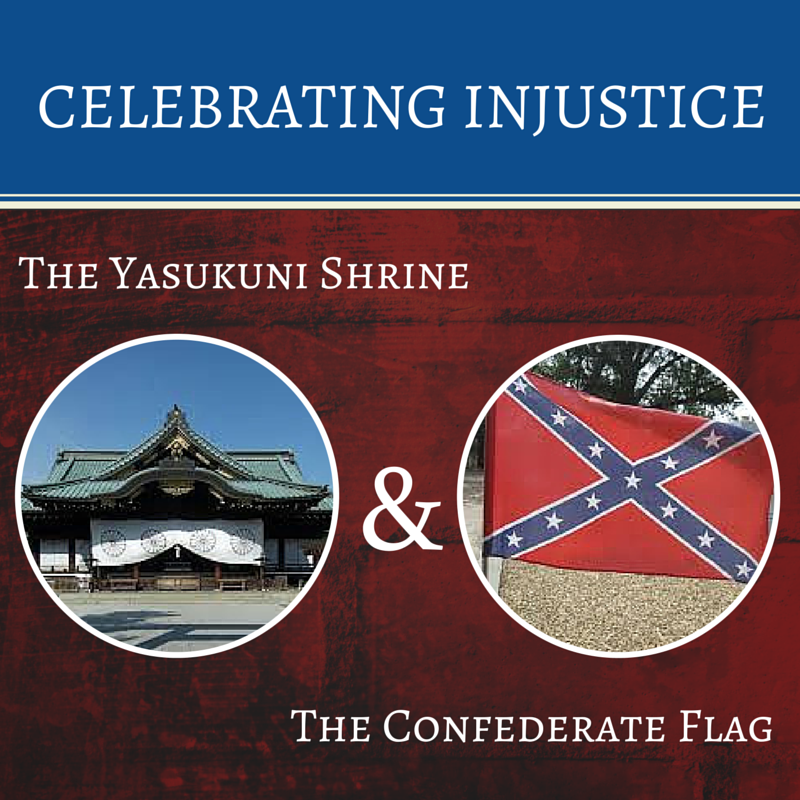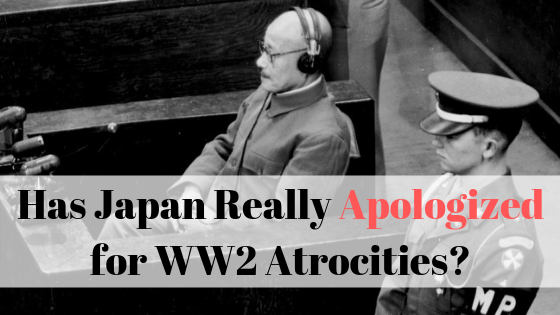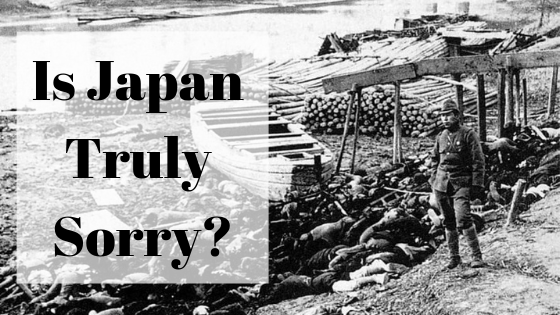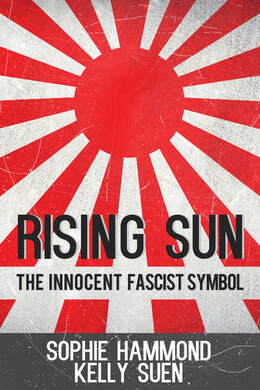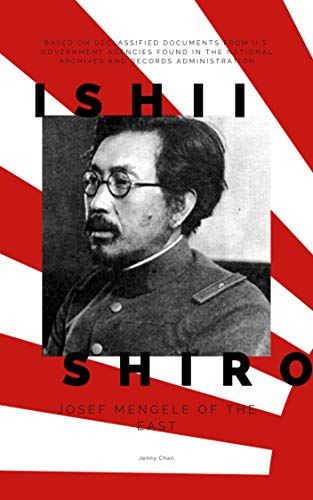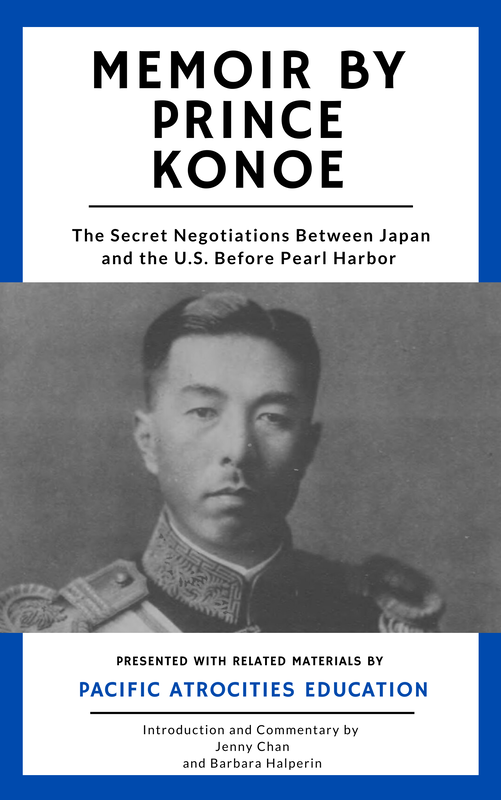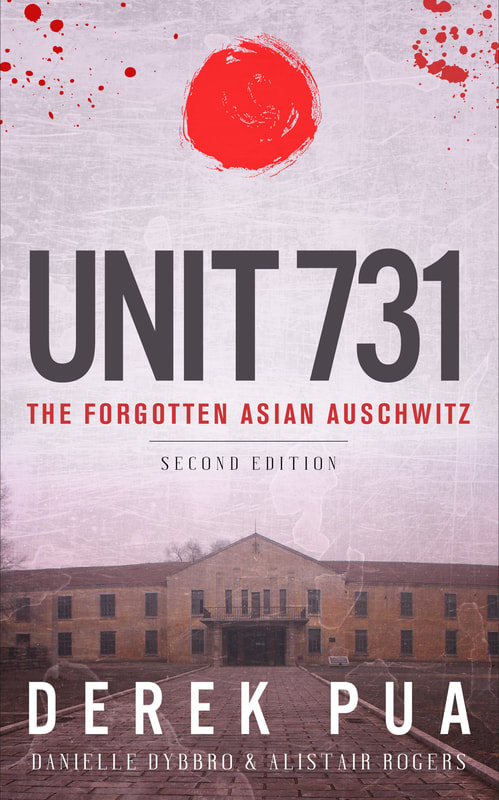|
The Confederate flag is a widely known and highly debated symbol in the U.S. To many, the Confederate flag is a shrine to the fallen southern soldiers from the Civil War. Those flying the flag today claim that they do so to honor their ancestors and the freedom and independence they fought for.
(continued) To others, however, the Confederate flag is associated with the painful history of slavery and the subsequent white supremacist movements that adopted the flag because of their alignment with the values of the Confederacy. Whatever the motives may be, flying the Confederate flag in public has sparked a lot of controversy in America.
America’s greatest ally in the Pacific, Japan, is facing a similar controversy over a shrine to its war dead from World War II. The Yasukuni Shrine parallels the Confederate flag in many ways. A shrine dedicated to ancestors who fought a war rooted in subjugation. Defenders of the Shrine and the Confederate flag will both argue that their history has been largely misinterpreted and rewritten by the victors of the wars they fought. In Japan, like southern pride, nationalism aims to whitewash a history of aggression. The violence and injustice of slavery is a shameful part of America’s history, a part that is taught in history classes across the country. In Japan, the violence of the Imperial Japanese Army is not emphasized as an important part of history education. Under the belief that what occurred during World War II is not relevant to today’s Japanese youth, the many atrocities committed by the Imperial Japanese Army are glossed over. Given that American history classes designate as little as two paragraphs in a textbook to the Pacific side of World War II, it is not hard to see why this part of history has been nicknamed ‘The Forgotten Asian Holocaust.’ Although Americans are taught the history of the Civil War and the injustice of slavery, it seems that many are in need of a refresher course. When someone who celebrates the Confederate flag says that they do so in the name of heritage and not hate, one might retort that southern heritage is rooted in hate. Anyone who looks at the historical evidence would see that the Confederate’s fought to protect their freedom to own slaves, which directly contrasts the idea of fighting just for freedom. Those too, who celebrate the Yasukuni Shrine in the name of their ancestors, must have trouble remembering that over 1,000 of the souls housed in the Shrine were convicted of war crimes by a post-World War II court. Those crimes included forcing an estimated 200,000 women and girls as young as eleven from areas under Japanese rule including China, Korea, Indonesia, the Netherlands, and many others, into sexual slavery as a part of the ‘Comfort Women’ system. Another forgotten war crime, the Nanjing Massacre, saw 300,000 civilians killed during a brutal battle in Nanking in 1937. Overall, there are an estimated 10 Million victims of the violence performed by the Imperial Japanese Army of World War II. Those who celebrate these symbols must understand that regardless of their ancestral significance, both the Yasukuni Shrine and the Confederate flag do not fail to invoke painful memories for the victims of the injustice they represent. In America, the flying of the Confederate flag, especially in a public place, can be nothing short of traumatizing to those who still suffer from the ramifications of past and present white supremacist movements. Similarly, paying tribute to the Yasukuni Shrine sparks protest around the world, as there are survivors of atrocities like the Nanjing Massacre and the ‘Comfort Women’ system who still cry for remembrance and apologies to this day. Interestingly enough, the Confederate flag was raised at the battle of Okinawa during World War II, by a self-proclaimed “Rebel Company.” It was the son of a Confederate General, General Simon B. Buckner, Jr., who deemed the use of the flag inappropriate and ordered it taken down, stating that “Americans from all over are involved in this battle.” This incident demonstrates perfectly the idea that celebrating certain history can get in the way of present day unity. Governor Nikki Haley of South Carolina recently said, “This flag, while an integral part of our past, does not represent the future of our great state.” Japanese Prime Minister, Shinzo Abe, seemed to echo these sentiments during his visit to the U.S. this past April. In his address to congress, Abe spoke of hopes for a peaceful future, while apologizing for Japan’s wartime past. With leaders aspiring to look to the future instead of the past, it seems time to move on from publicly celebrating both the Confederate Flag and the Yasukuni Shrine. It’s time to learn from our past mistakes and celebrate a future of unity and peace, instead of a past of pain and suffering. References Confederate Flag 1. Scott Eric Kaufman (9 July 2015). “What tradition does the Confederate flag represent? Is it slavery, rape, genocide, treason, or all of the above?" Salon. 2. Ta-Nehisi Coates (22 June 2015). "What this Cruel War Was Over." The Atlantic. 3. Coski 2005, pp. 92–94 4. Geoghegan, Tom (August 30, 2013). "Why do People Still Fly the Confederate Flag?" BBC News. Retrieved October 30, 2013. Yasukuni Shrine 1. Nelson, John. "Social Memory as Ritual Practice: Commemorating Spirits of the Military Dead at Yasukuni Shinto Shrine". Journal of Asian Studies 62, 2 (May 2003): 445–467. 2. Ponsonby-Fane, Richard. (1963). Vicissitudes of Shinto. Kyoto: Ponsonby Memorial Society. OCLC 36655 3. Pye, Michael: "Religion and Conflict in Japan with Special Reference to Shinto and Yasukuni Shrine". Diogenes 50:3 (2003), S. 45–59. Related ArticlesRelated Books
2 Comments
Billy Bob
10/2/2015 09:03:59 am
I love to fly the cross of Andrew battle flag, deal with it, or try and come take it down, panzie, constitution hater.
Reply
2/17/2022 08:04:27 pm
What an exquisite article! Your post is very helpful right now. Thank you for sharing this informative one.
Reply
Leave a Reply. |
- Home
- Stories
-
Internship
- Summer 2024 Internship
- Summer 2023 Internship
- Fall 2022 Internship
- Summer 2022 Internship
- Summer 2021 Internship
- Fall 2020- Spring 2021 Internship
- Summer 2020 Internship
- Fall 2019 Internship
- Summer 2019 Internship >
- School Year 2018-2019 Internship
- Summer 2018 Internship >
- Fall 2017 Internship
- Summer 2017 Internship >
- Books
- Archives
-
Resource Page
-
Supplementary Research Guides
>
- Unit 731 - Guide >
-
Philippines' Resistance - Guide
>
- Philippines World War II Timeline
- The Japanese Invasion & Conquest of the Philippines
- Bataan Death March
- Formation of Underground Philippines Resistance
- Supplies of the Guerrilla Fighters
- The Hukbalahap
- Hunter's ROTC
- Marking's Guerrillas
- United States Army Forces in the Philippines of Northern Luzon (USAFIP-NL)
- The Aetas
- Chinese and Filipino-Chinese Nationalist Guerrilla Units
- The Female Faces of the Philippine Guerrillas
- Rising Sun Flag - Guide >
- Pinay Guerrilleras - Guide >
- Fall of Singapore - Guide >
- Three Years and Eight Months - Guide >
- Siamese Sovereignty - Guide >
- The Khabarovsk War Crimes Trial - Guide >
- Unit 731 Cover-up : The Operation Paperclip of the East - Guide >
- Marutas of Unit 731 - Guide >
- Prince Konoe Memoir - Guide >
- Competing Empires in Burma - Guide >
- Battle of Shanghai - Guide >
- Ishi Shiro - Guide >
- Taiwan The Israel of the East - Guide >
- Seeking Justice for Biological Warfare Victims of Unit 731 - Guide >
- Rice and Revolution - Guide >
- Clash of Empires - Guide >
-
Hunger for Power and Self-SufficiencyI - Guide
>
- The Influence of War Rations on Post-War Culinary Transformations
- How World War II Complicated Food Scarcity and Invention
- American Military Innovations
- Government-Sponsored Food Inventions in Europe during World War II
- Feeding the Army: The Adaptation of Japanese Military Cuisine and Its Impact on the Philippines
- Mixed Dishes: Culinary Innovations Driven by Necessity and Food Scarcity
-
Denial A Quick Look of History of Comfort Women and Present Days’ Complication - Guide
>
- The Comfort Women System and the Fight for Recognition
- The Role of Activism and International Pressure
- The Controversy over Japanese History Textbooks
- The Sonyŏsang Statue and the Symbolism of Public Memorials
- Activism and Support from Japanese Citizens
- The Future of Comfort Women Memorials and Education
- Echoes of Empire: The Power of Japanese Propaganda - Guide >
- Lesson Plans >
-
Supplementary Research Guides
>
|
Pacific Atrocities Education
730 Commercial Street San Francisco, CA 94108 415-988-9889 |
Copyright © 2021 Pacific Atrocities Education.
We are a registered 501 (c)(3) charity. |
- Home
- Stories
-
Internship
- Summer 2024 Internship
- Summer 2023 Internship
- Fall 2022 Internship
- Summer 2022 Internship
- Summer 2021 Internship
- Fall 2020- Spring 2021 Internship
- Summer 2020 Internship
- Fall 2019 Internship
- Summer 2019 Internship >
- School Year 2018-2019 Internship
- Summer 2018 Internship >
- Fall 2017 Internship
- Summer 2017 Internship >
- Books
- Archives
-
Resource Page
-
Supplementary Research Guides
>
- Unit 731 - Guide >
-
Philippines' Resistance - Guide
>
- Philippines World War II Timeline
- The Japanese Invasion & Conquest of the Philippines
- Bataan Death March
- Formation of Underground Philippines Resistance
- Supplies of the Guerrilla Fighters
- The Hukbalahap
- Hunter's ROTC
- Marking's Guerrillas
- United States Army Forces in the Philippines of Northern Luzon (USAFIP-NL)
- The Aetas
- Chinese and Filipino-Chinese Nationalist Guerrilla Units
- The Female Faces of the Philippine Guerrillas
- Rising Sun Flag - Guide >
- Pinay Guerrilleras - Guide >
- Fall of Singapore - Guide >
- Three Years and Eight Months - Guide >
- Siamese Sovereignty - Guide >
- The Khabarovsk War Crimes Trial - Guide >
- Unit 731 Cover-up : The Operation Paperclip of the East - Guide >
- Marutas of Unit 731 - Guide >
- Prince Konoe Memoir - Guide >
- Competing Empires in Burma - Guide >
- Battle of Shanghai - Guide >
- Ishi Shiro - Guide >
- Taiwan The Israel of the East - Guide >
- Seeking Justice for Biological Warfare Victims of Unit 731 - Guide >
- Rice and Revolution - Guide >
- Clash of Empires - Guide >
-
Hunger for Power and Self-SufficiencyI - Guide
>
- The Influence of War Rations on Post-War Culinary Transformations
- How World War II Complicated Food Scarcity and Invention
- American Military Innovations
- Government-Sponsored Food Inventions in Europe during World War II
- Feeding the Army: The Adaptation of Japanese Military Cuisine and Its Impact on the Philippines
- Mixed Dishes: Culinary Innovations Driven by Necessity and Food Scarcity
-
Denial A Quick Look of History of Comfort Women and Present Days’ Complication - Guide
>
- The Comfort Women System and the Fight for Recognition
- The Role of Activism and International Pressure
- The Controversy over Japanese History Textbooks
- The Sonyŏsang Statue and the Symbolism of Public Memorials
- Activism and Support from Japanese Citizens
- The Future of Comfort Women Memorials and Education
- Echoes of Empire: The Power of Japanese Propaganda - Guide >
- Lesson Plans >
-
Supplementary Research Guides
>
